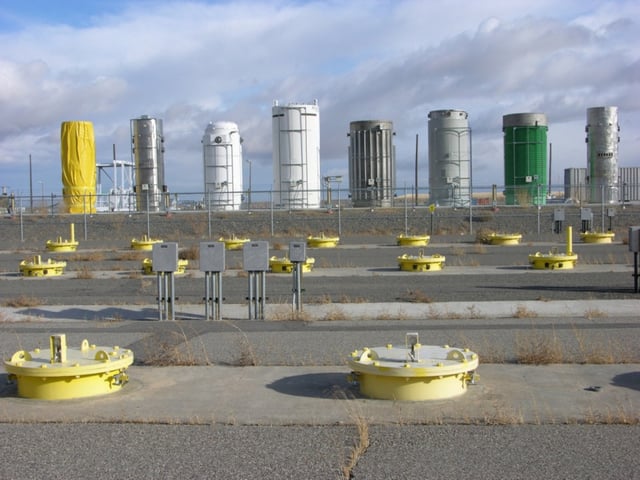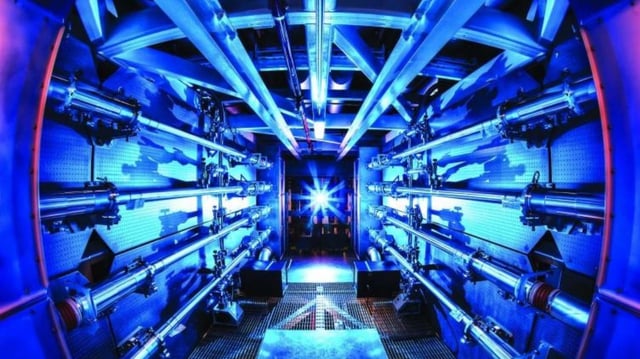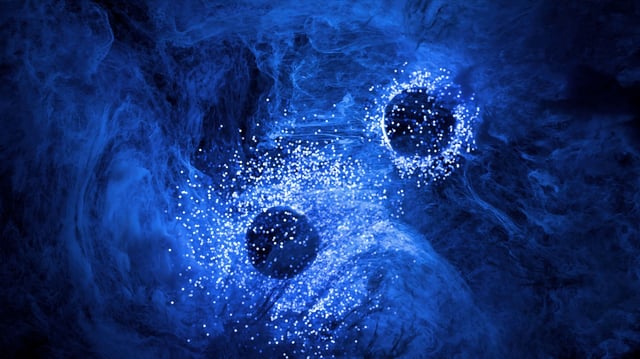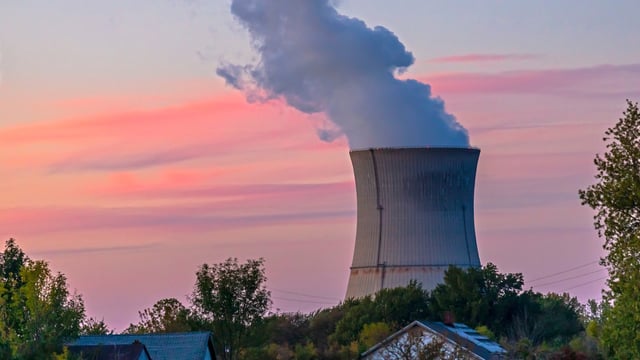Overview
- Researchers propose an accelerator-driven, subcritical reactor that uses particle beams to trigger tritium production from stored nuclear fission waste surrounded by molten lithium salt.
- Preliminary simulations presented at the ACS Fall 2025 meeting estimate that a 1-gigawatt implementation could yield about 4.4 pounds (2 kg) of tritium per year, roughly matching Canada’s output.
- Operator-controlled accelerator inputs allow the reactor to be safely turned on and off and are projected to produce more than ten times the tritium per thermal power compared with a fusion reactor.
- The work is currently at the modelling stage and is funded by Los Alamos National Laboratory and the National Nuclear Security Administration.
- Next research steps include refining simulations, generating detailed cost estimates, integrating molten lithium-salt models and assessing safety and nonproliferation risks.



